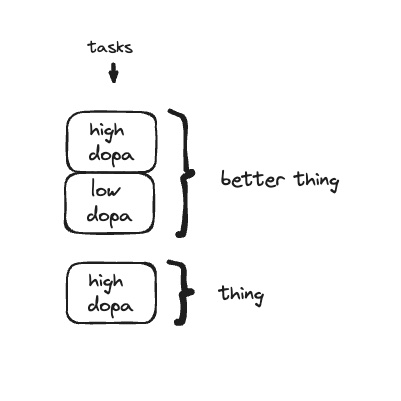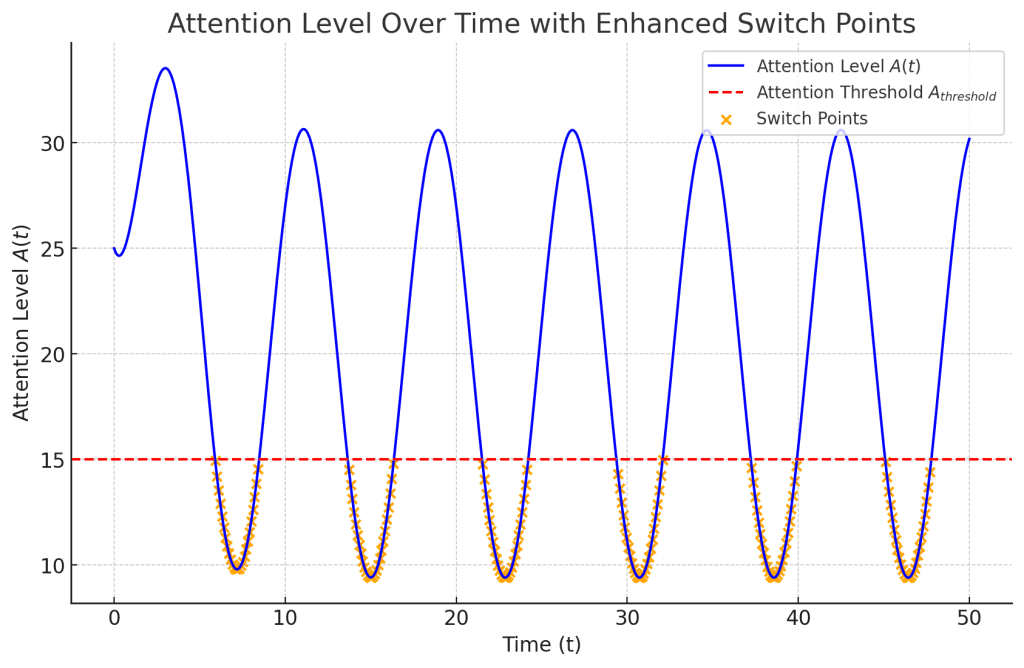How to finish stuff:
- Don’t add more fun things until you finish the other things
- I’d recommend e.g. 7 tasks max.
- Meditate
- learning to get in touch with the present moment can help fire + strengthen pathways in your prefrontal cortex which can aid in executive dysfunction1
- Perfect is the enemy of good – Voltaire
- doing stuff is a skill; sometimes you get better over time and it’s better to finish a task and be grateful for what you learnt from it. This way you can move on to the next thing with a sense of readiness.
- Start with the small stuff
- finishing small stuff can build confidence to do longer, complicated tasks. One small habit you can do that’s easy is making your bed. When you make your bed, your neural pathways fire and that pattern of organizing stuff will carry on to multiple areas of life.
- That’s why e.g. police will fix minor offenses to create an atmosphere/pattern of order.2
Benefits of finishing stuff
Some benefits of finishing stuff are that you get better things.

Here’s an example math equation that models shiny object syndrome (SOS):
We’ll define our attention level over time with a function :
represents our attention or focus level on a given project.
- The rate of change in attention
depends on:
where:
- Initial Excitement (
): This is your initial motivation level. The stronger it is, the more focused you’ll be at first.
- Decay in Interest (
): Over time, your attention naturally fades. Higher values mean quicker loss of interest.
- Distractions (
): This term represents distractions—the “shiny objects” that appear periodically to pull your attention away.

Sources
- Rathore, M., et al. (2023). Functional connectivity of prefrontal cortex in various meditation techniques – A mini-review. International Journal of Yoga, 15(3), 187-194. https://doi.org/10.4103/ijoy.ijoy_88_22 ↩︎
- Wilson, J. Q., & Kelling, G. L. (1982). Broken Windows: The Police and Neighborhood Safety. Atlantic Monthly, 249(3), 29-38. ↩︎


Leave a Reply